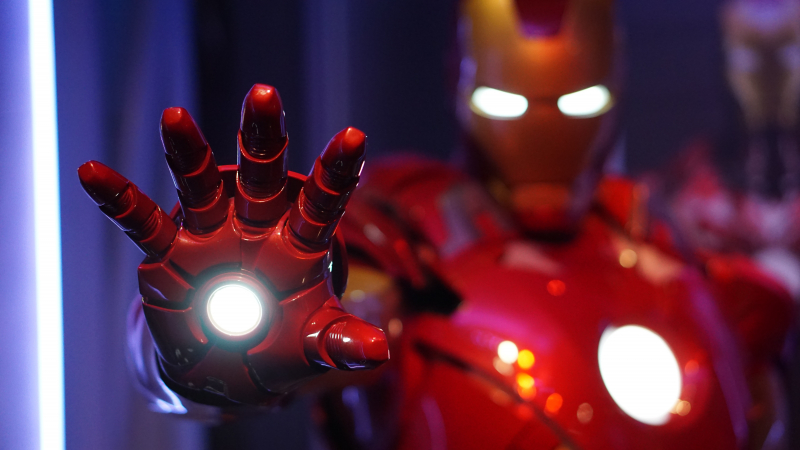One step closer to lifelike robots. Researchers at Columbia Engineering have solved a long-standing issue in the creation of untethered soft robots whose actions and movements can help mimic natural biological systems. They developed a 3D-printable synthetic soft muscle, a one-of-a-kind artificial active tissue with intrinsic expansion ability that does not require an external compressor or high voltage equipment as previous muscles required. The new material has a strain density (expansion per gram) that is 15 times larger than natural muscle, and can lift 1000 times its own weight.
Photonic info stored as acoustic wave. Researchers at the University of Sydney have dramatically slowed digital information carried as light waves by transferring the data into sound waves on a microchip. Transferring information from the optical to acoustic domain and back again inside a chip is critical for the development of photonic integrated circuits: microchips that use light instead of electrons to manage data. These chips are being developed for use in telecommunications, optical fibre networks and cloud computing data centers where traditional electronic devices are susceptible to electromagnetic interference, produce too much heat or use too much energy.
Roads to generate electricity from traffic. Engineers from Lancaster University are working on smart materials such as 'piezolectric' ceramics that when embedded in road surfaces would be able to harvest and convert vehicle vibration into electrical energy. The research project will design and optimize energy recovery of around one to two Megawatts per kilometre under 'normal' traffic volumes -- which is around 2,000 to 3,000 cars an hour.
Stopping ice from forming – by cracking it. A research team at the Norwegian University of Science and Technology (NTNU) is working with a novel approach to prevent ice build-up - By manipulating substructures in a special silicone coating, researchers have reduced the ability of ice to stick to a surface to record lows. The method was developed in response to traditional active de-icing techniques that can have major detrimental effects on structures and the environment. It has a future in Arctic applications, solar panels, for shipping and transmission lines, among others.
Key patterns before extreme events. Now engineers at MIT have devised a framework for identifying key patterns that precede an extreme event. The framework can be applied to a wide range of complicated, multidimensional systems to pick out the warning signs that are most likely to occur in the real world. The team plans to apply the technique to scenarios in which fluid flows against a boundary or wall. Examples, he says, are air flows around jet planes, and ocean currents against oil risers.

